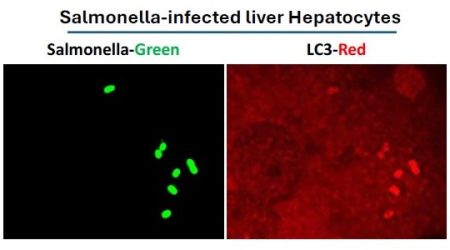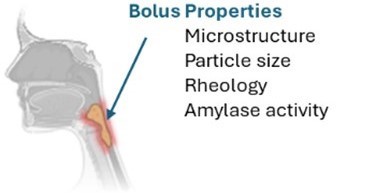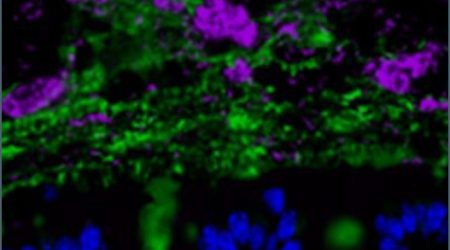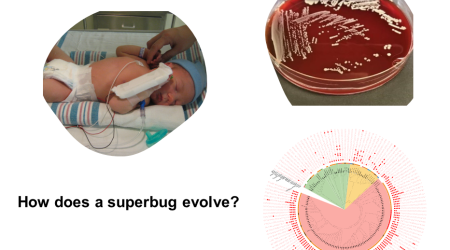
Bacteriophage-based biocontrol of pathogens in the food chain
The presence of Listeria in the food chain is a persistent threat to public health. In this project, the student will investigate the use of bacteriophages, viruses of bacteria, as biocontrol agents to act against Listeria present in the food production chain. The project will focus on phage discovery, characterisation and phage-host interactions linked with bacterial and phage genomics.
Details




